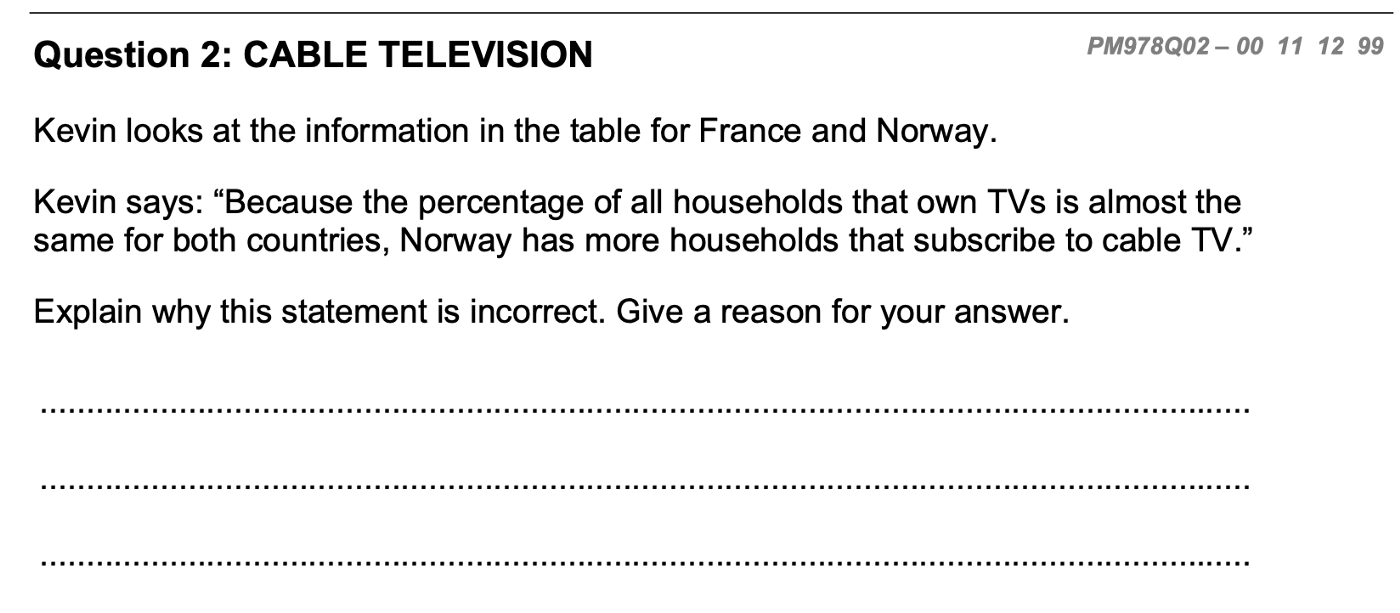Why are Chinese students always top in International Mathematics Olympiad? Most people would argue that China has the most population and therefore more intelligent people can be selected, the same theory as the Olympic Games. However, some other countries with similar population sizes are not as outstanding as China in math competitions. People also believe that Chinese kids are so hardworking that they repeat the same type of practice one hundred times to remember the tactics to solve the problems. What’s more, in order not to lose the head start, kids begin to get strict math training from an early age (primary school). However, many countries/regions where both parents and kids are fired up seldom get a ranking. If the IMO speaks for the mathematics ability of those elite students in China, the results of PISA reveal the overall level of Chinese students.
Since 2009, the first time China (only Shanghai) participated Program for International Student Assessment (PISA), the performance of Shanghai students astonished the world, Chinese students have continued to outperform their peers from the other participating countries in the successive years. In 2018 PISA, the most recent one, students in the four provinces/municipalities: Beijing, Shanghai, Jiangsu, and Zhejiang (B-S-J-Z) participated in the assessment, achieving first in all the three core subjects Reading, Mathematics and Science, standing out of 600,000 students of all the 79 participating countries and economies.
PISA’s targeted students are those 15-year-olds in Grade 7 or above. In fairness, a two-stage sampling procedure, firstly, at least 150 schools will be chosen as a representative sample, and secondly, about 42 students were randomly selected from each school [1]. According to this rule, 12,058 students in B-S-J-Z were selected out of 1,097,296 total enrolled population of 15-year-olds at grade 7 or above, representing the overall academic level of their peers in the most developed areas of China [2].
Before revealing more details of the results, let’s first read the following example to learn about PISA Mathematics so that we can understand what abilities are tested.



As indicated by PISA,
students have to extrapolate from what they know, think across the boundaries of subject-matter disciplines, apply their knowledge creatively in novel situations and demonstrate effective learning strategies. [3]
Hence, there’s more to interpret in addition to the mean score, such as the percentage of students at Level 5 and 6 and the 10% most disadvantaged students. In 2018 PISA Mathematics, 44.3% of the B-S-J-Z students are at or above level 5, with 16.5% at level 6 and 27.8% at level 5, while the corresponding OECD average is 2.4% and 8.5%, respectively. PISA divides math proficiency level from 1 to 6 with level 6 being the top proficiency level. Level 5 and 6 proficiency requires students to master a high level of conceptual understanding and mathematical reasoning. The stereotypes of Chinese students are usually stamped with rote memorization, but this high percentage of level 5 and above breaks the inherent cognition. Nearly half of participating students are at level 5 or above, showing that Chinese students possess strong mathematical abilities such as deep understanding and logical reasoning rather than memorizing those subject-related concepts.

Level 5 and 6 may only show the stunning performance of the advantaged students in the four jurisdictions. The data of the percentiles will open up a whole picture. It’s worth noting that the 10% most disadvantaged students in B-S-J-Z got 486 or above, close to the 50th of the OECD average score 492, implying that even the most disadvantaged students in the four jurisdictions have pretty satisfactory mathematics abilities. It is therefore for sure that B-S-J-Z students have a good mastery of mathematics on the whole.

People worldwide pretend to think Chinese people are good at calculating (arithmetic). However, arithmetic is the basic level of mathematics which is more of a conditional reflex than true mathematical abilities. What truly distinguishes Chinese students is not calculating skills but rather mathematical thinking.
Why can Chinese students, more specifically, students in Beijing, Shanghai, Jiangsu, and Zhejiang, achieve such astonishing PISA scores as a whole?
Bibliography
[1] PISA 2018 Insights and Interpretations
[2] OECD data soure: https://doi.org/10.1787/888934028862
[3] PISA 2018 Results (Volume I): What Students Know and Can Do. P105